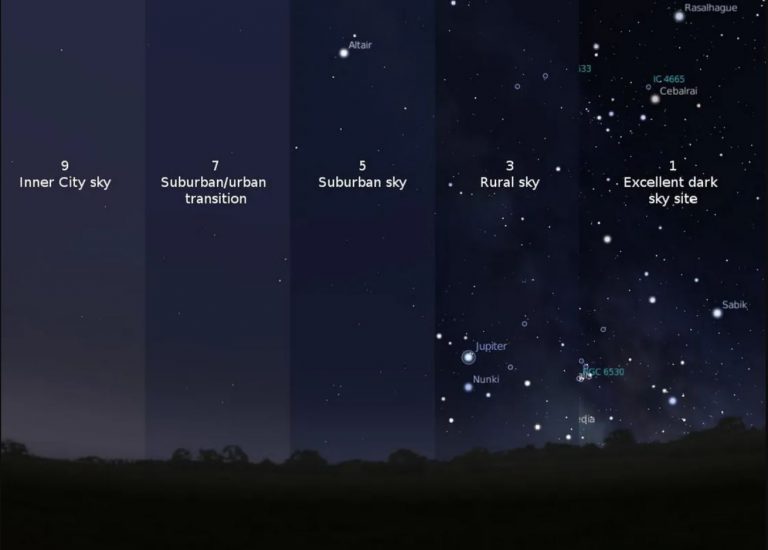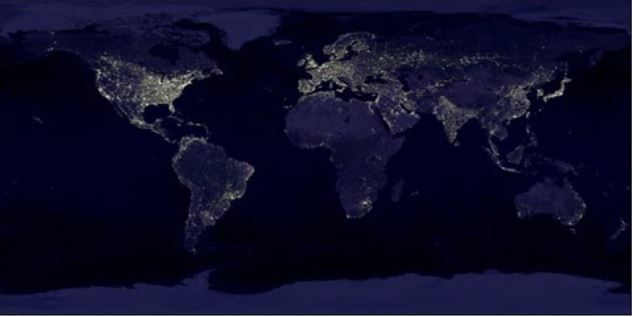Most of us are familiar with air, water, and land pollution, but did you know that light can also be a pollutant? The inappropriate or excessive use of artificial light – known as light pollution – can have serious environmental consequences for humans, wildlife, and our climate. Components of light pollution include:
- GLARE – excessive brightness that causes visual discomfort.
- SKYGLOW – brightening of the night sky over inhabited areas.
- LIGHT TRESPASS – light falling where it is not intended or needed.
- CLUTTER – bright, confusing and excessive groupings of light sources







